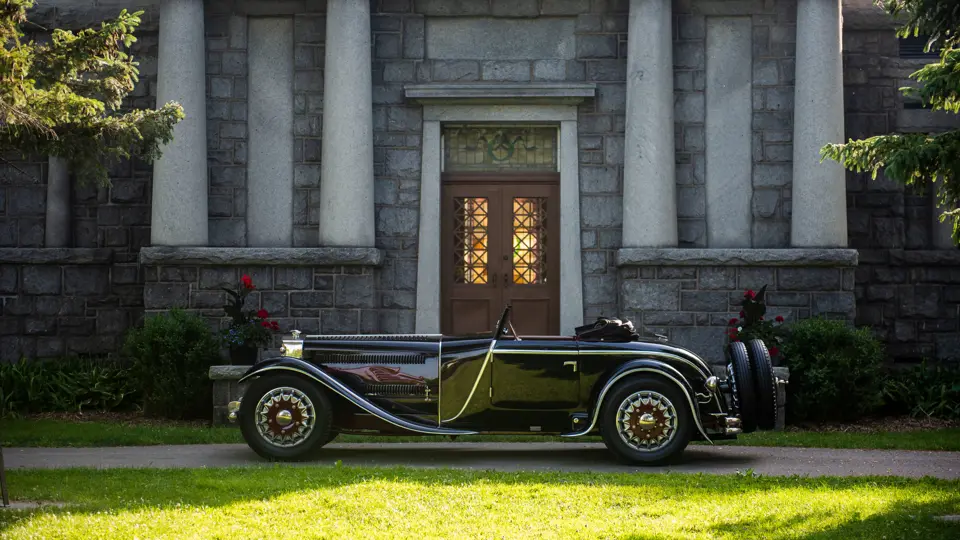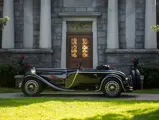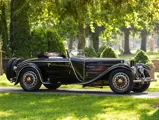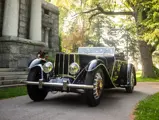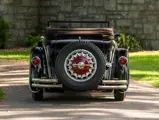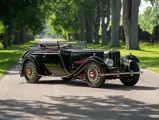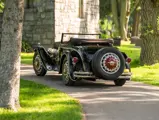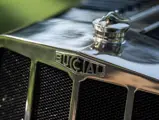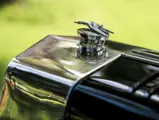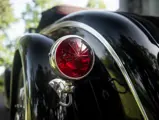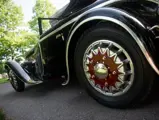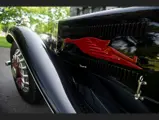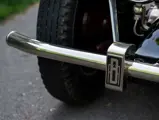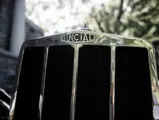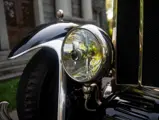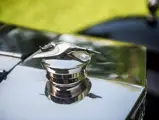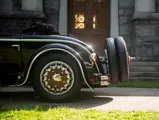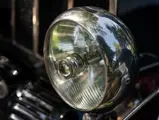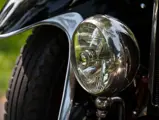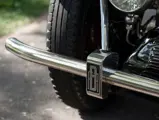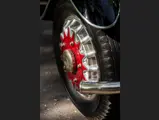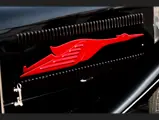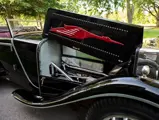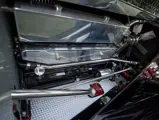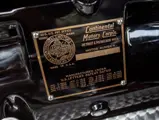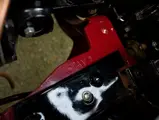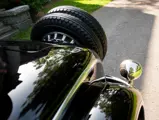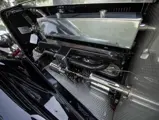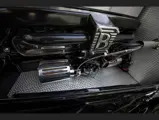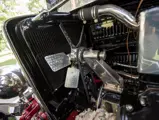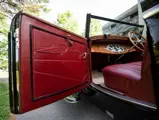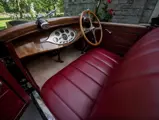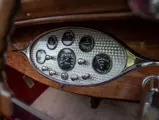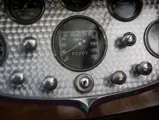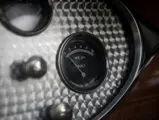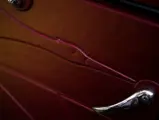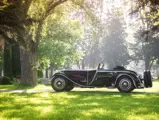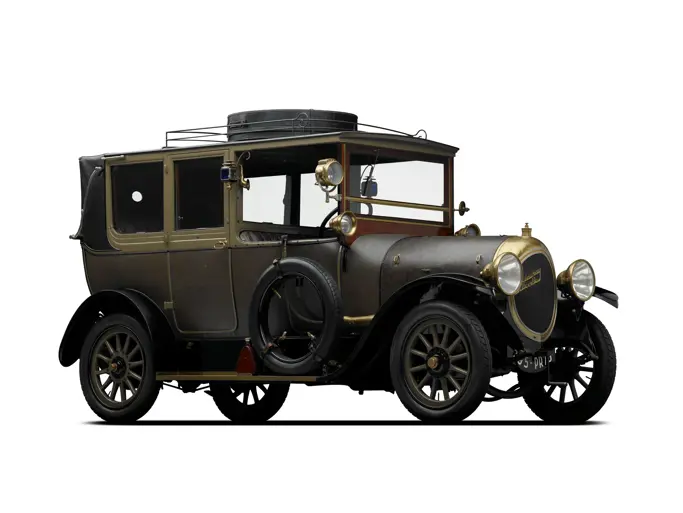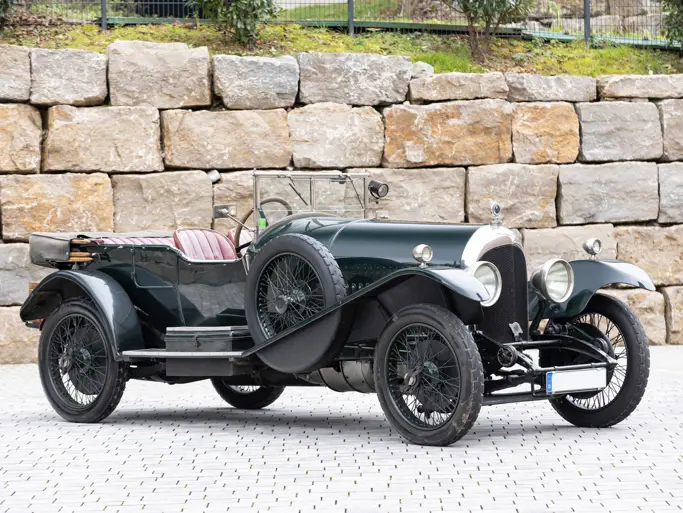
1931 Bucciali TAV3 Torpedo-Sport ‘Cannes’ by Saoutchik
{{lr.item.text}}
$720,000 USD | Sold
Offered from Masterworks of Design
{{bidding.lot.reserveStatusFormatted}}
- A magnificent piece of engineering art
- Among the most famous European show cars of the Classic Era
- Sophisticated drivetrain, including independent front suspension and front-wheel-drive
- One of three extant Bucciali automobiles, two in this collection
- Known history since new with highly detailed coachwork by the renowned Saoutchik
- A Classic Car Club of America (CCCA) Full Classic
The two Bucciali brothers literally stole the show at the Paris Salons between 1927 and 1932 with a series of unique show cars—something that likely frustrated the manufacturers on display, because the Buccialis were not really manufacturers at all. Their flamboyantly proportioned but undeniably gorgeous vehicles, resembling exaggerated styling sketches come to life, were true showpieces that were never intended for public orders or sale. Rather, they were intended to draw attention from actual manufacturers to the brothers’ dramatically differentiated, patented engineering ideas, which the Buccialis hoped to sell those companies for use on their own automobiles.
Most pointedly, the Buccialis were early partisans of front-wheel-drive, an idea not yet widely accepted in America—where the Ruxton and Cord L-29 would pioneer it in 1929—and only beginning to take hold, thanks to the likes of Tracta, in Europe. The brothers built several chassis, each identified as TAV for traction avant (front-drive) and numbered; some of these “different” cars were actually the same chassis, reworked and renumbered numerous times with different drivetrains and bodies.
The car offered here was originally built in 1927 under the name TAV2, with a shorter frame, four-cylinder Cime engine, and Sensaud de Lavaud gearbox. The following year it was reworked as TAV3, with a Continental inline eight-cylinder engine and a transverse gearbox, mounted, in the fashion of Ruxton and Cord, ahead of the front axles. TAV3’s most unusual feature was that the driven front wheels were independently sprung, using spheres running in ball bearings at the hubs of the wheels! TAV3 would continue to be evolved, its numbering changing over and over as it carried no fewer than six different bodies and was shown at no fewer than three Paris Salons. This car was also exhibited to American automakers in late 1929 and early 1930, including at the New York Auto Show, and in-person at numerous factories up and down the East Coast. Only Peerless showed true interest, but an agreement that would have had the vaunted Ohio firm build a front-wheel-drive model to Bucciali’s patents fell to shreds as that company exited the industry in 1931.
In the end, all the innovation, all the beauty, was, for the Buccialis, for naught. They were left with a handful of prototypes, many frequently exaggerated stories, and their memories.
LIFE AFTER PAUL-ALBERT
As recorded by Christian Huet in his well-researched work Bucciali, the TAV3 chassis, now numbered TAV8 after its continual evolution, remained with Paul-Albert Bucciali until 1960, when, with its garage no longer available, it was sold for 1 French Franc to the partnership of Serge Pozzoli and Jacques Rousseau. Pozzoli stored the car until 1969, when it was sold via Bart Loyens to restorer Ray Jones of Birmingham, Michigan, in a transaction that also included the distinctive stamped “stork” hood sides from another of the show cars.
Two years later this package was again sold via Loyens, this time to Uwe Hucke, a noted German collector, best remembered for his association with numerous Bugattis. Hucke began a restoration of the car, in which a Saoutchik Torpedo-Sport “Cannes” body was fitted. Known to have been originally placed on a Mercedes-Benz 680 S chassis, according to marque historian Jonathan Sierakowski, the source of this coachwork was chassis 35940—a US-delivery example which was later disassembled by Jones and presumably also transacted via Loyens. Pictures of the coachwork as it was being restored on the chassis are featured in Huet’s book.
Bearing resemblance to the period Bucciali coachwork, its front fenders were restyled to more closely resemble original Bucciali units. The Bucciali drivetrain was used beneath with slight adjustments, such as moving the axle back 17 millimeters on the springs, so that the body would fit more precisely. A German firm remanufactured the radiator shell to the design used in 1930, and the original front half-shafts were replaced by those from an Austin 1800. Hucke sold the nearly finished project in 1985 to a collection in California, for which it was finally completed, with the “storks” from the hood sides welded into a new hood.
The current collection purchased the car several years later, and it has since been housed alongside another of the surviving Buccialis, the “Double Huit” display chassis, also offered today. Unlike the Double Huit, which was purely a display piece, however, the TAV3 was and remains a functional automobile, most ably demonstrating its builders’ brilliance. The Saoutchik coachwork is surely beautiful and lavishly detailed as one would expect from that coachbuilder, but it is the chassis below—low, narrow, sleek, and lean—which results in its fabulous proportions and its unforgettable visage.
As Beverly Rae Kimes wrote in The Classic Car in 1990, “The Bucciali brothers gambled that a sophisticated motoring public would be astounded by what they wrought. On that score, they clearly won.”

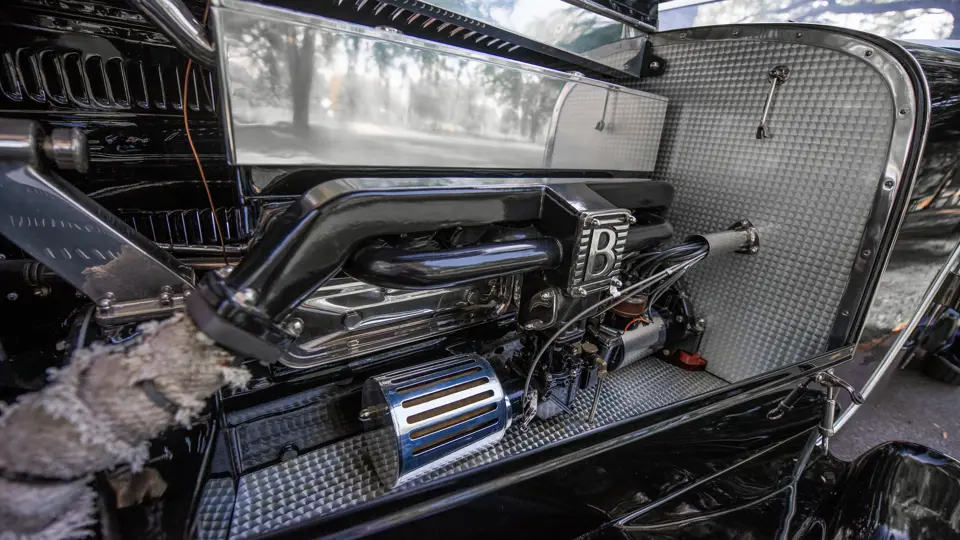


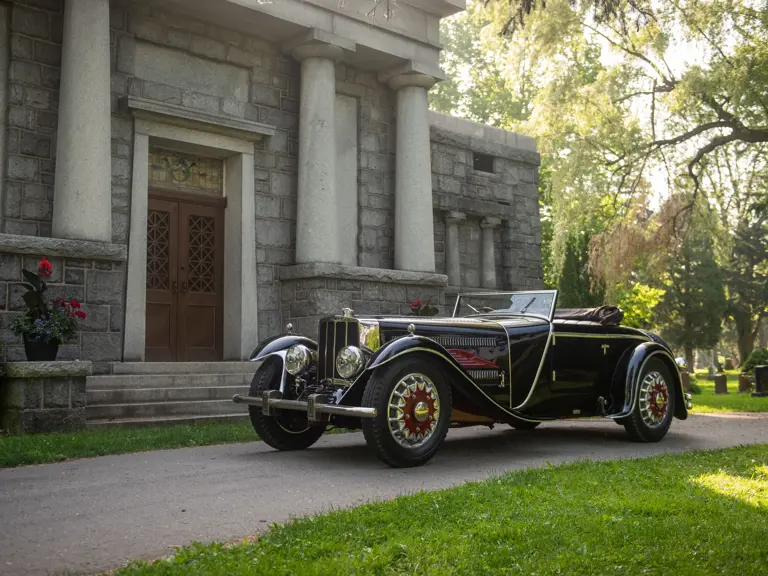

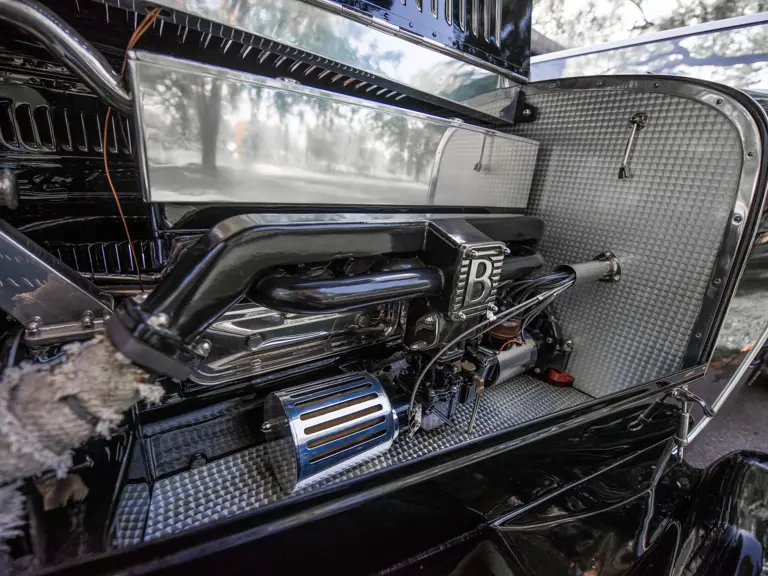
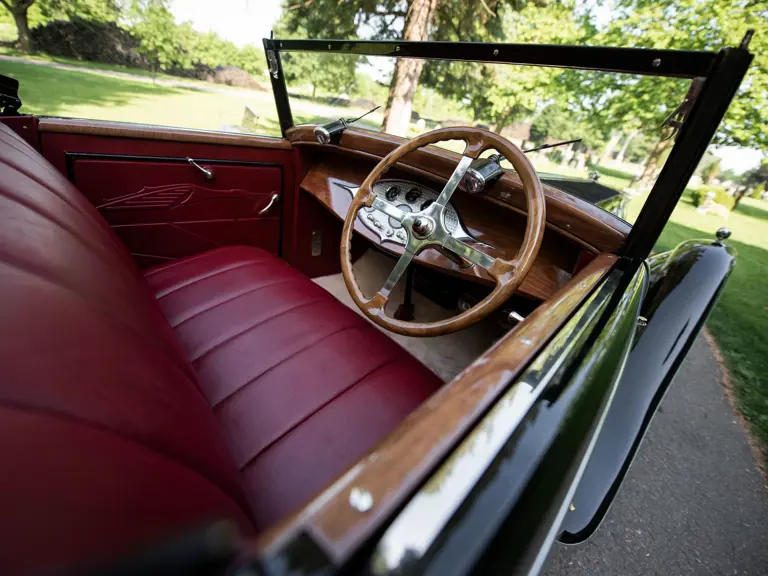
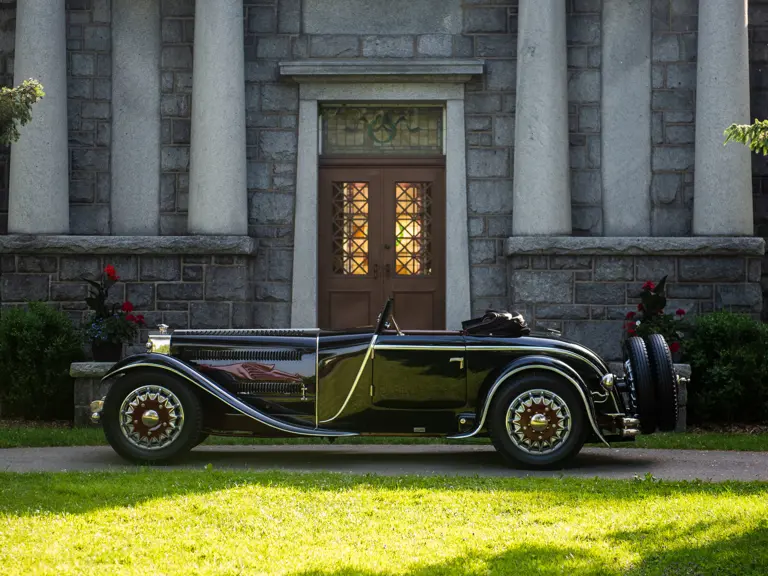
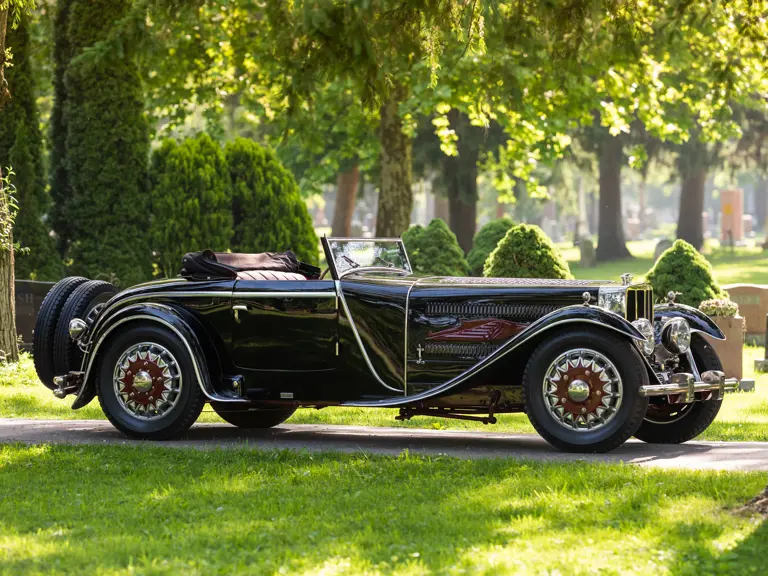

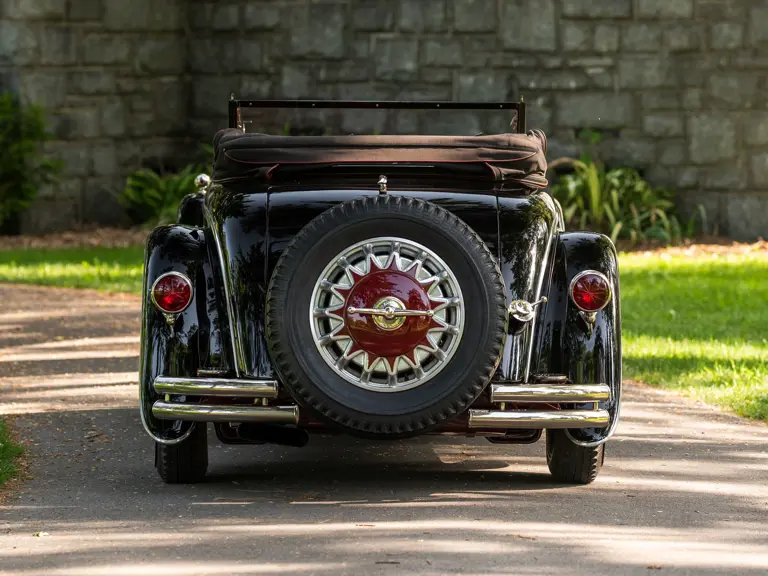
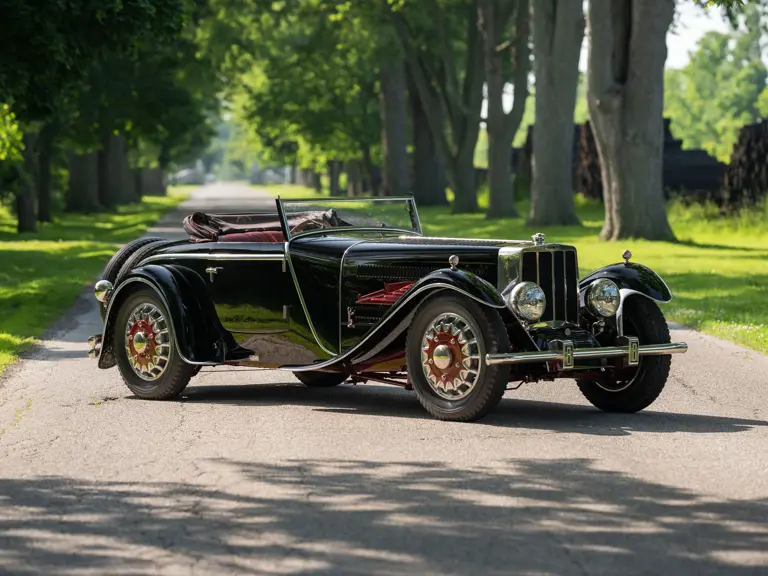
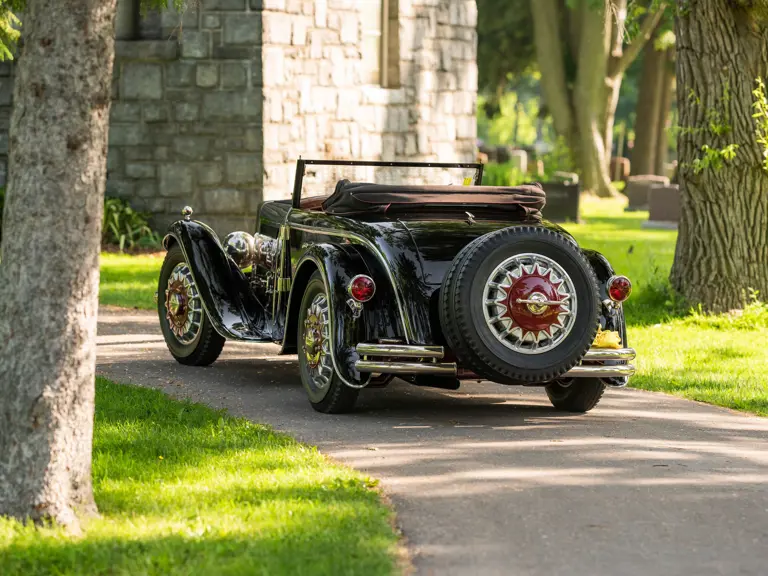
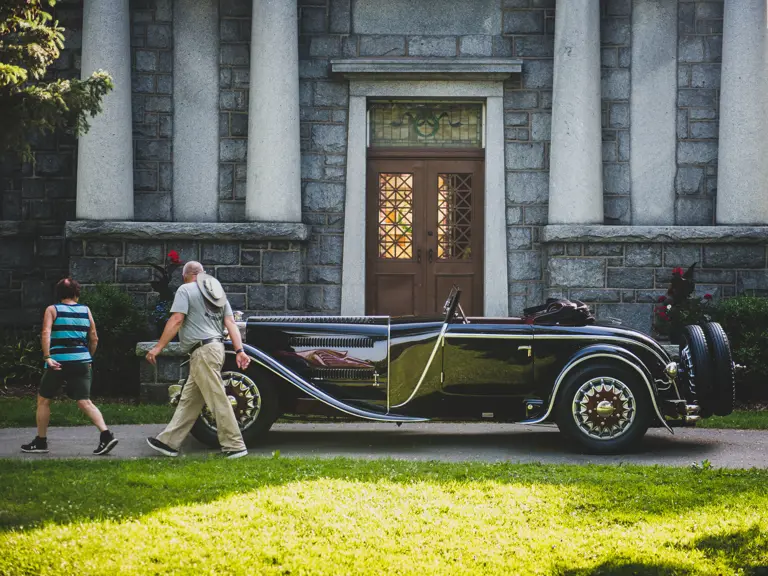
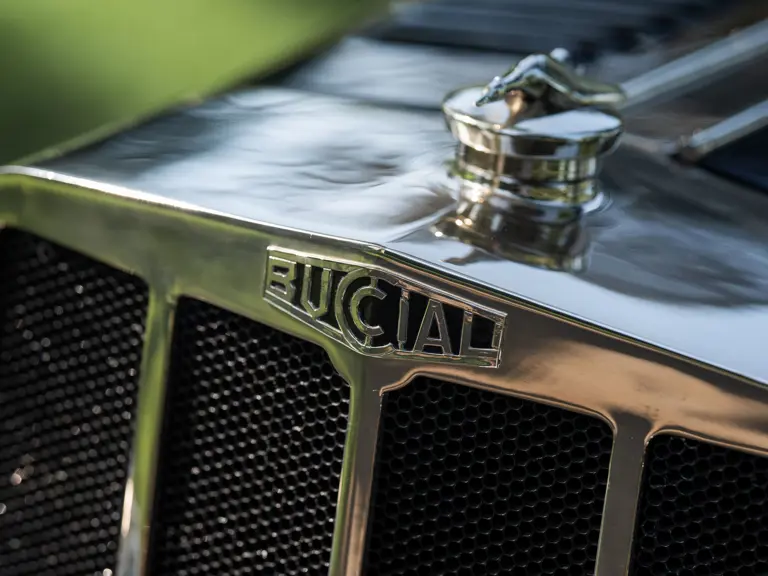
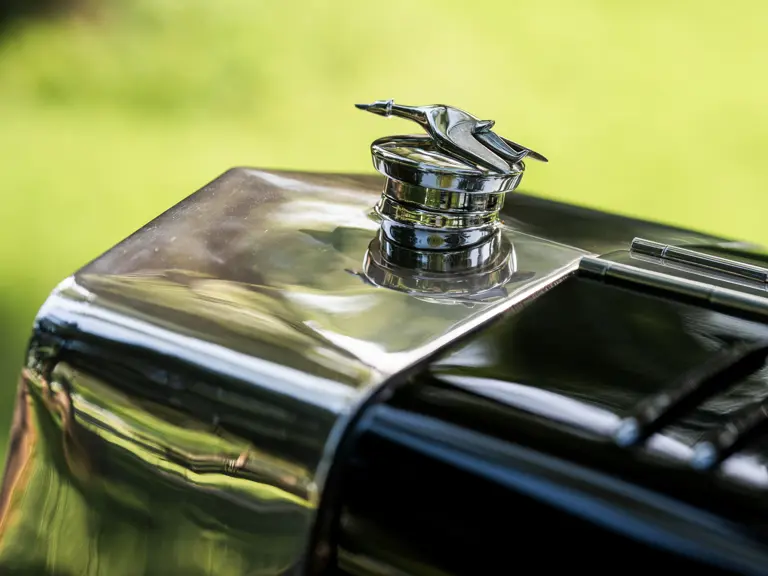


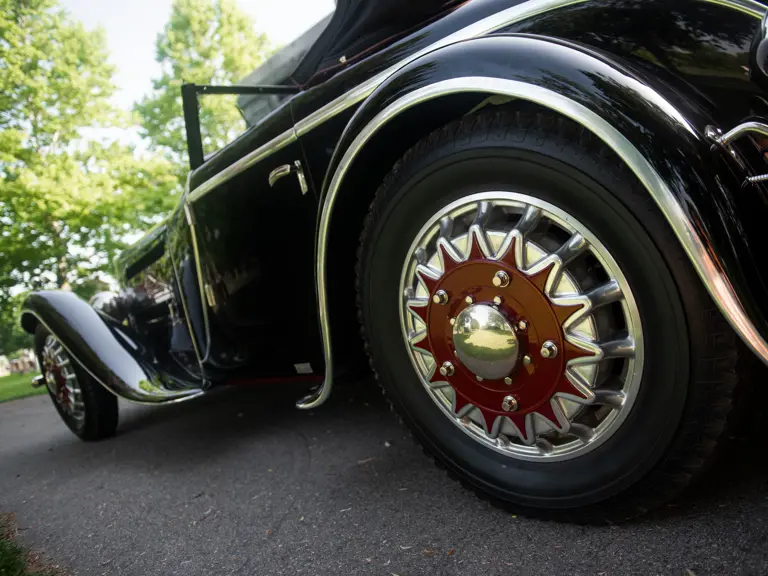
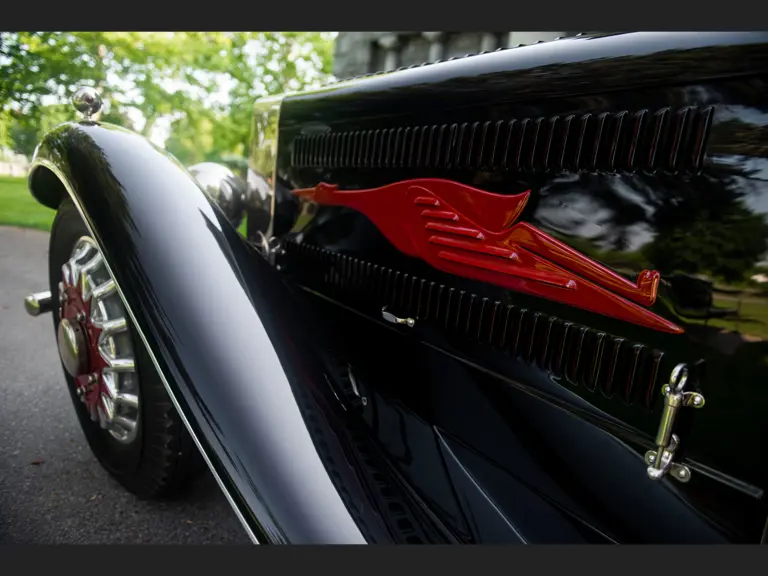
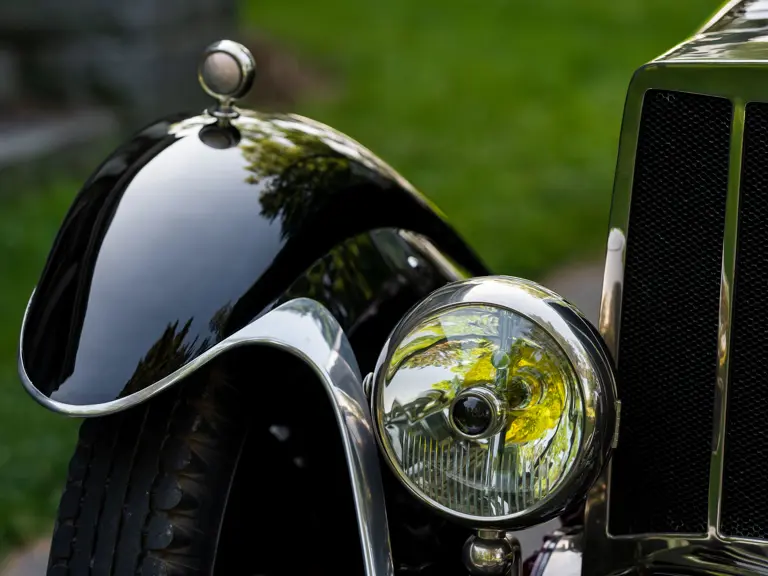



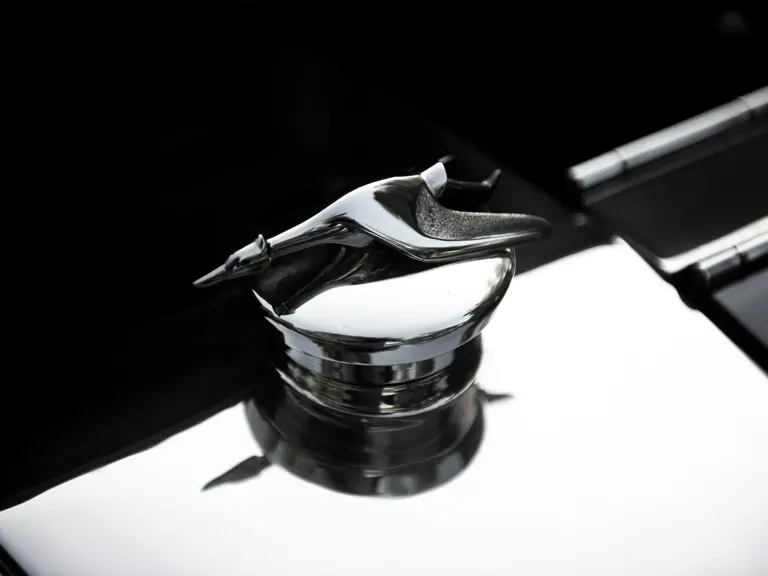
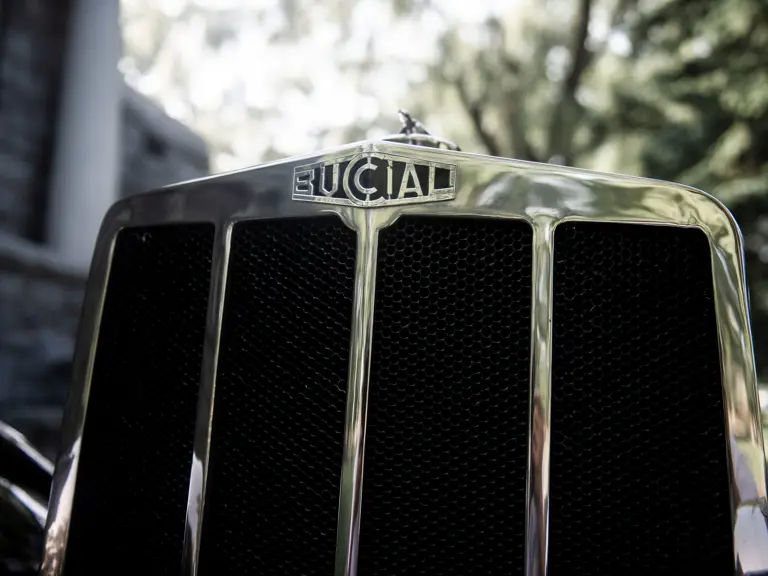
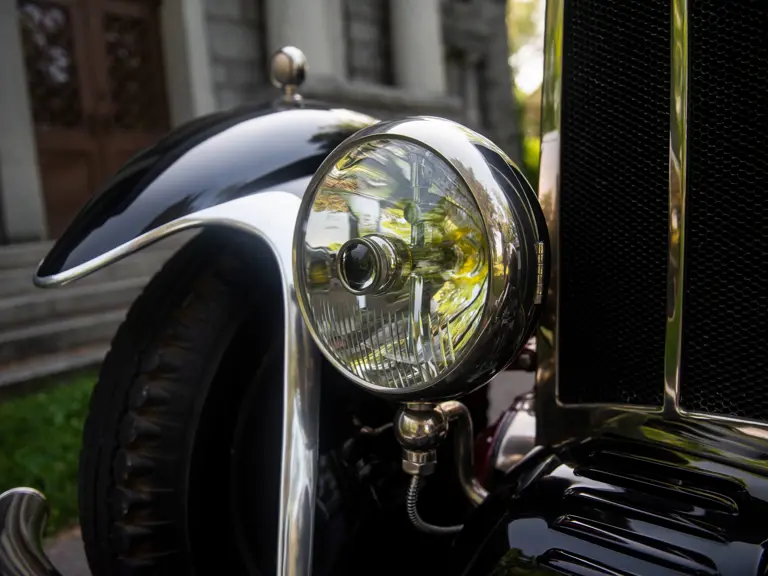

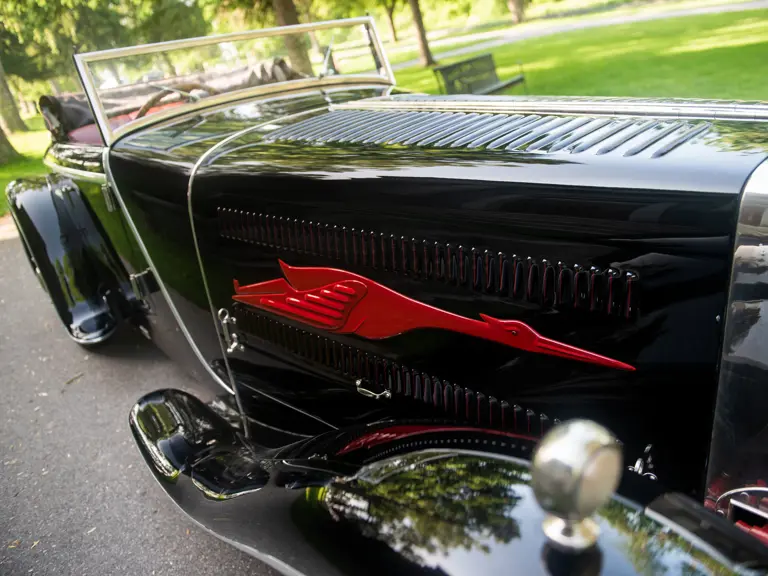

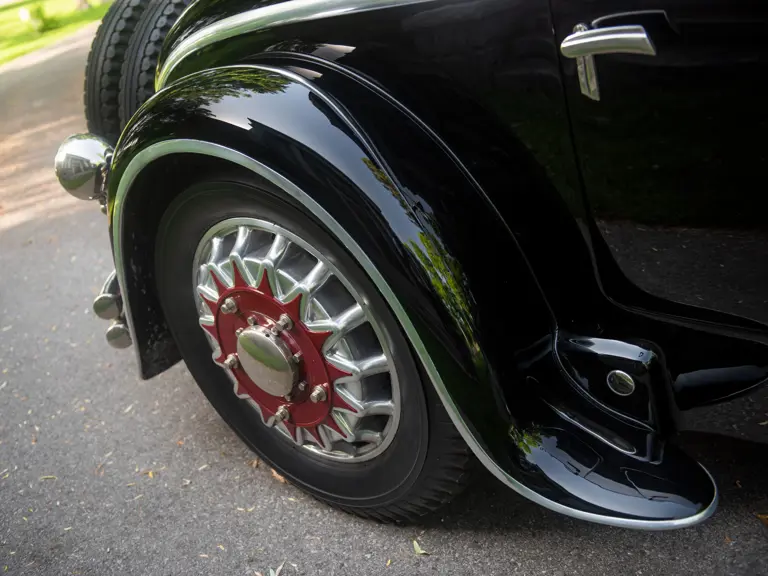
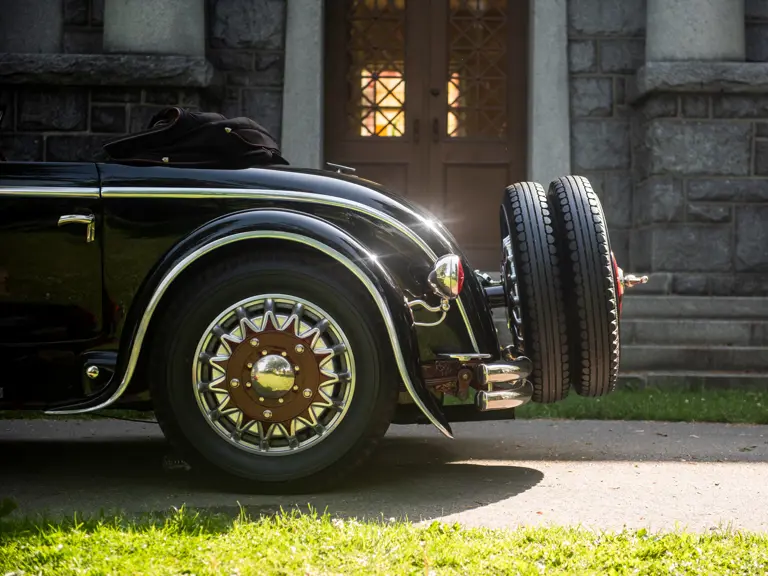


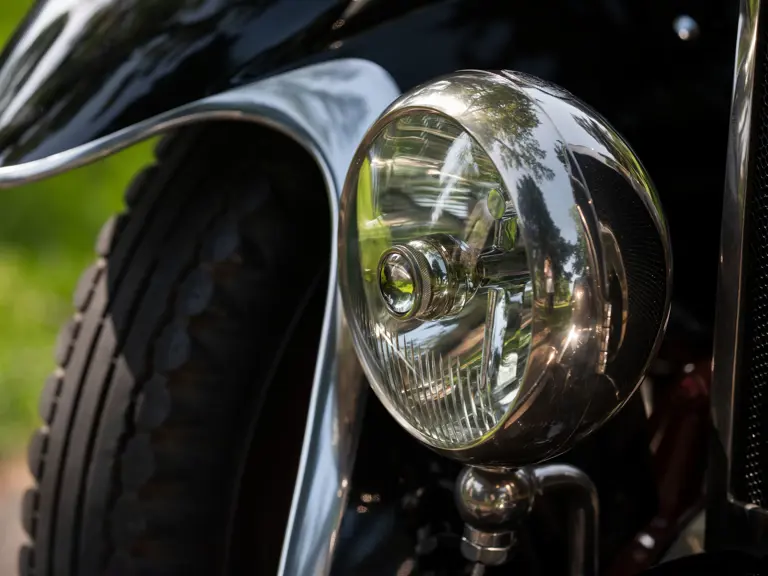


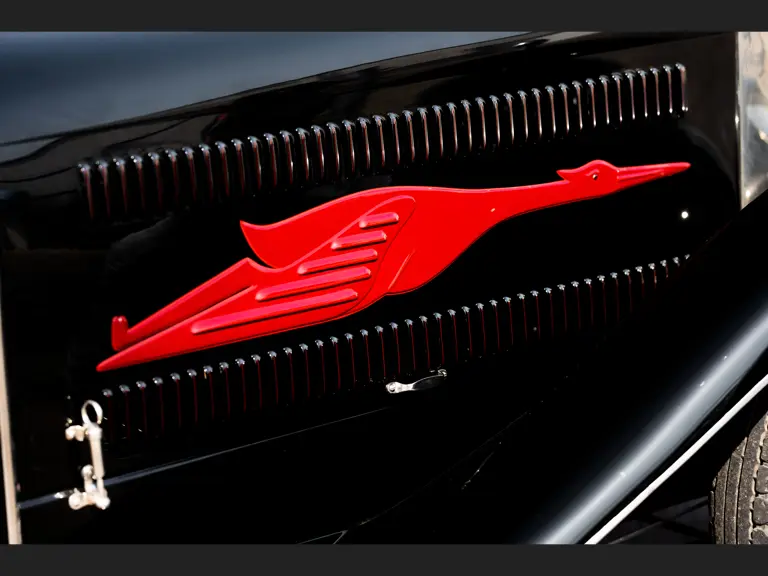
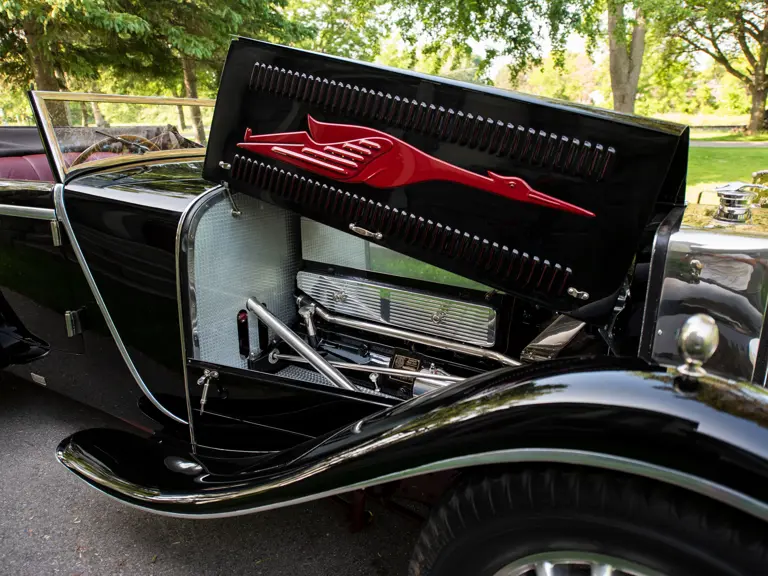
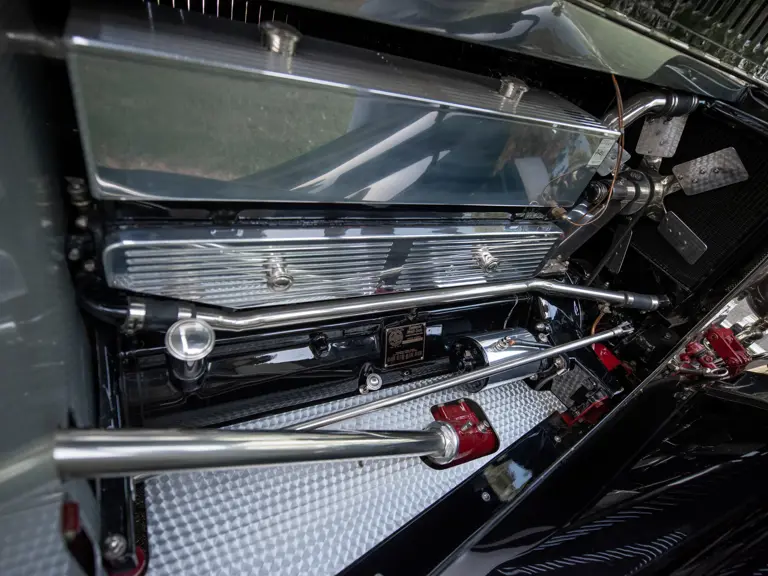

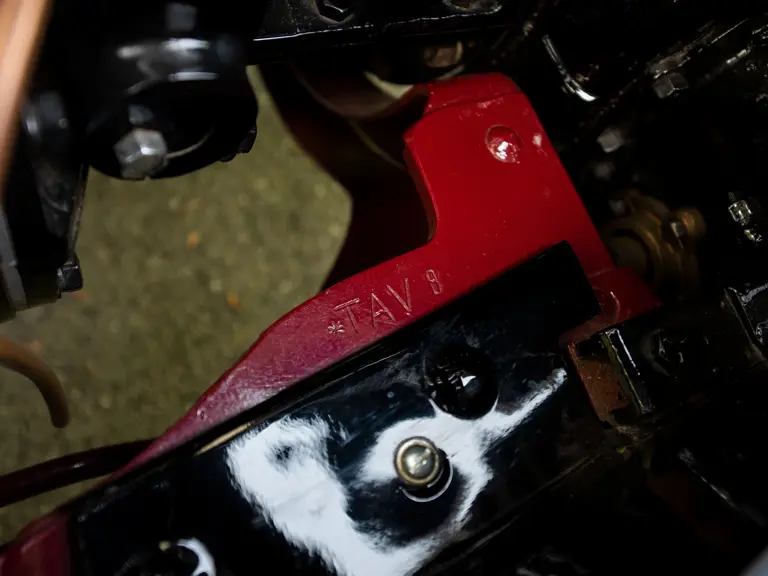
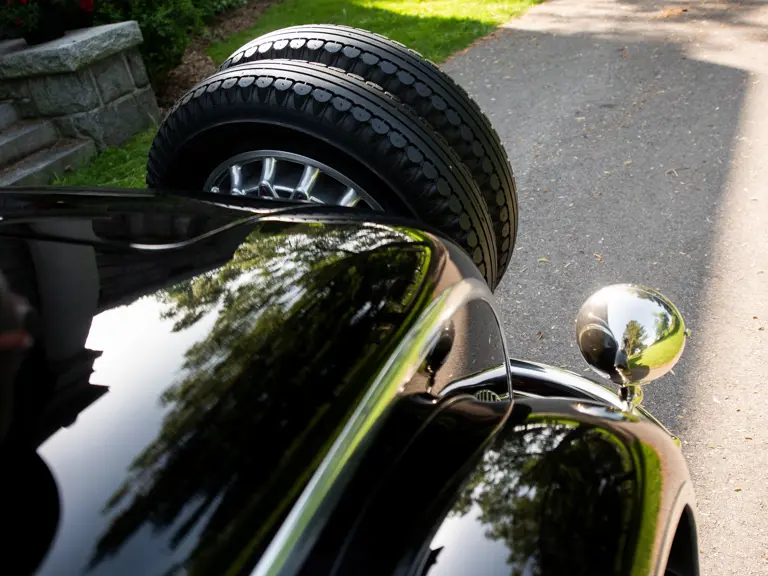
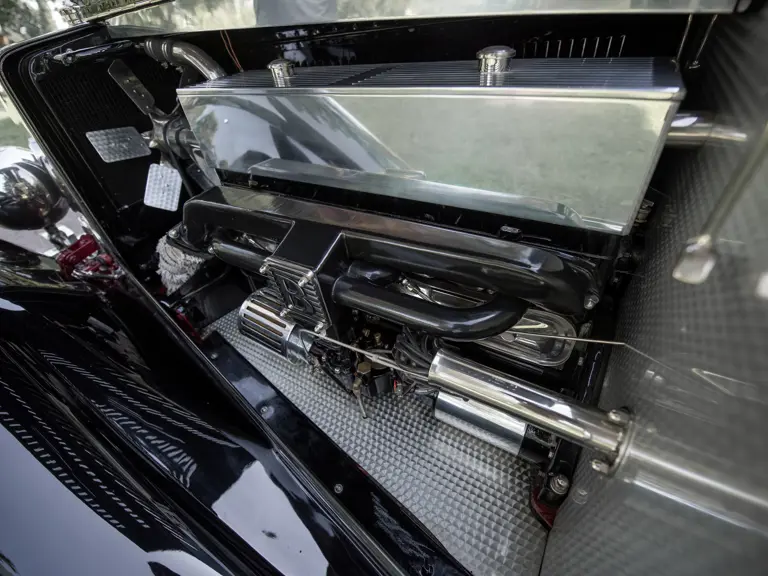
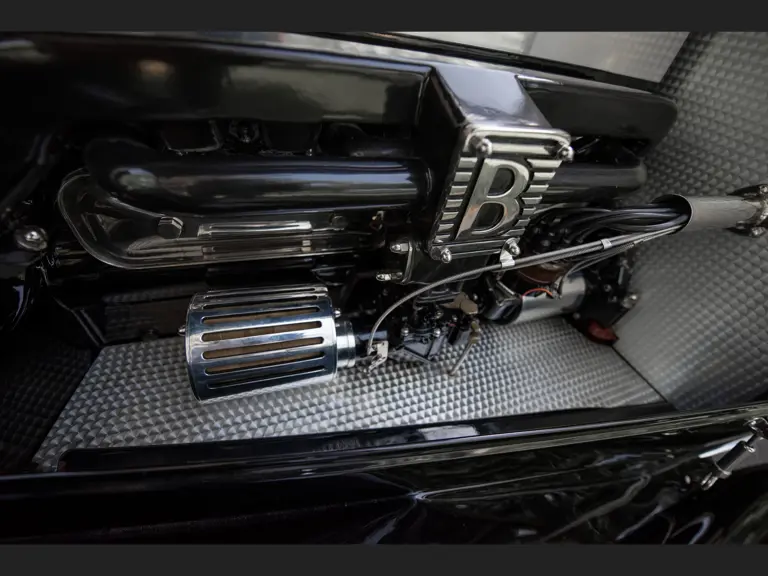
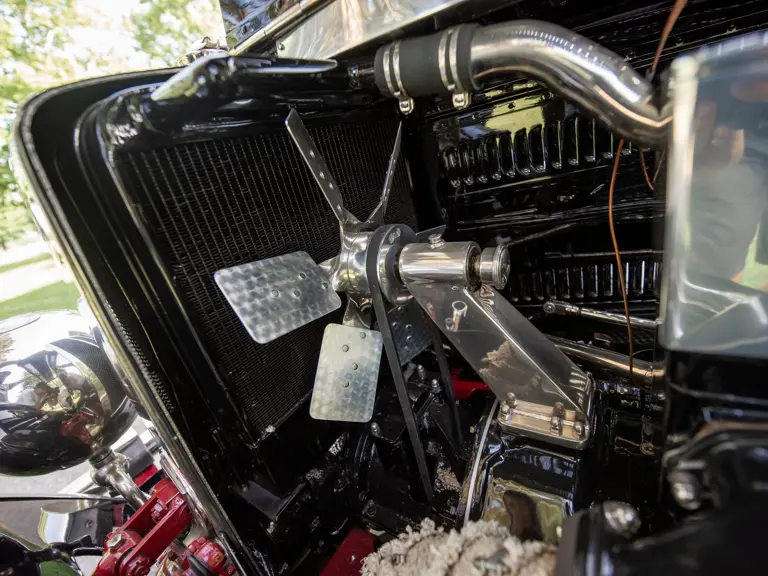

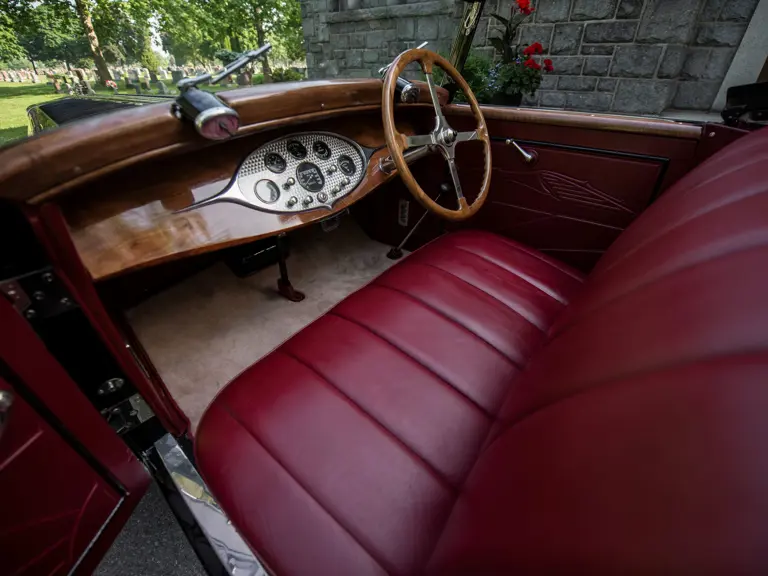


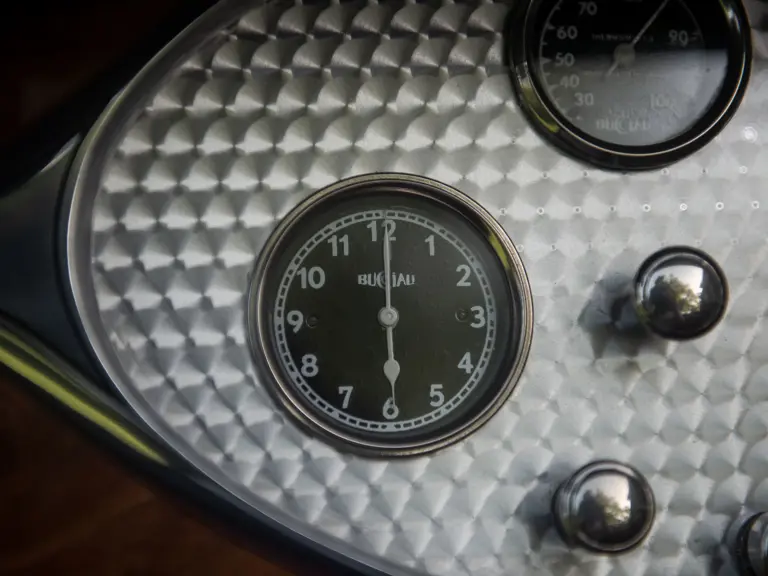
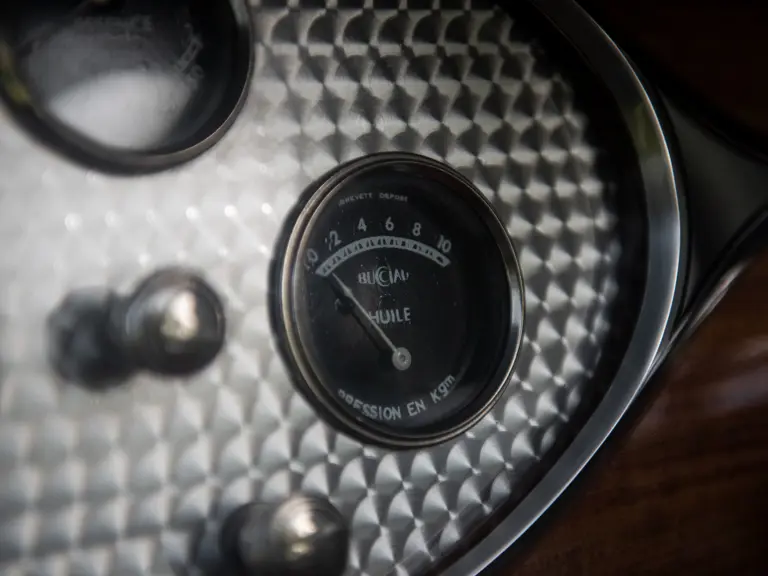

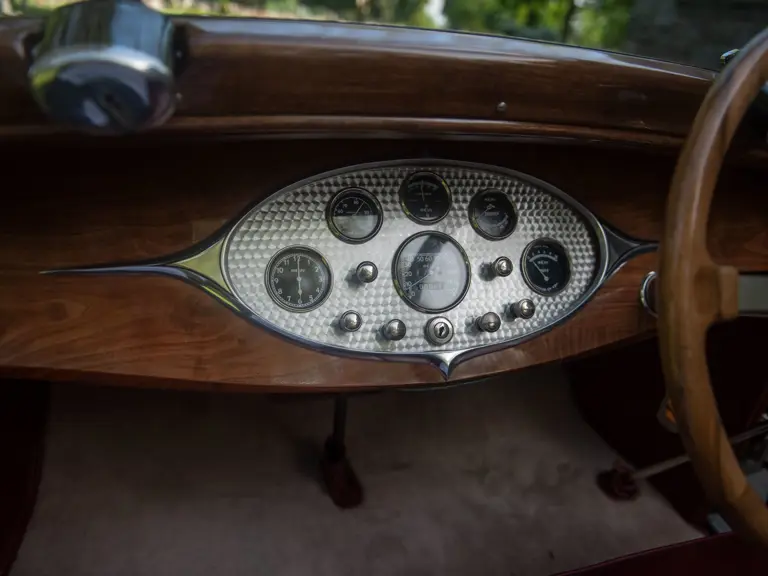

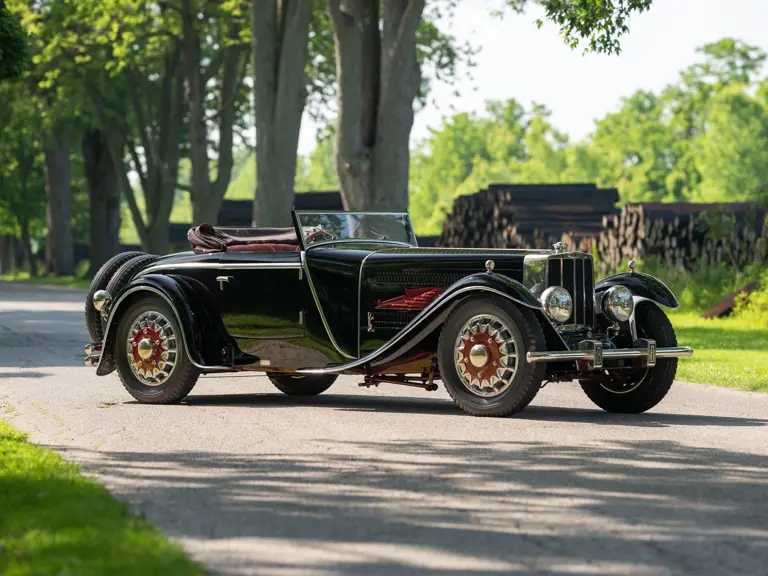
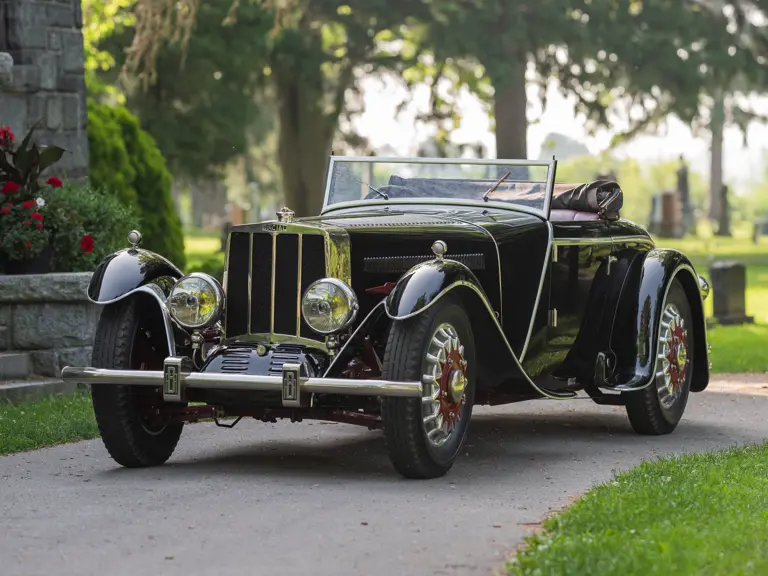
 | Monterey, California
| Monterey, California
